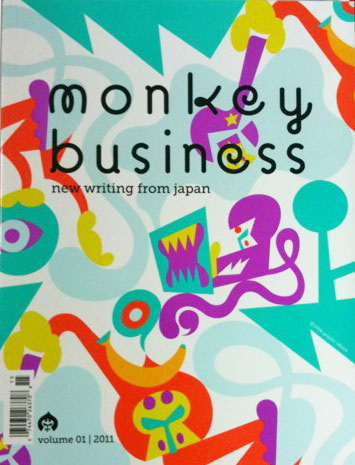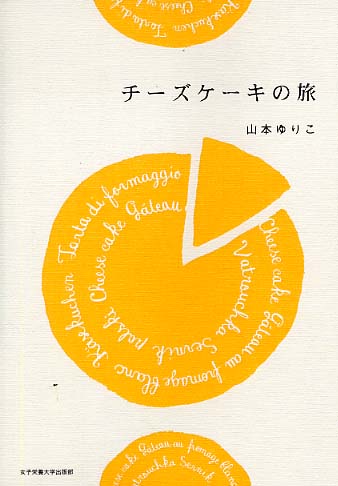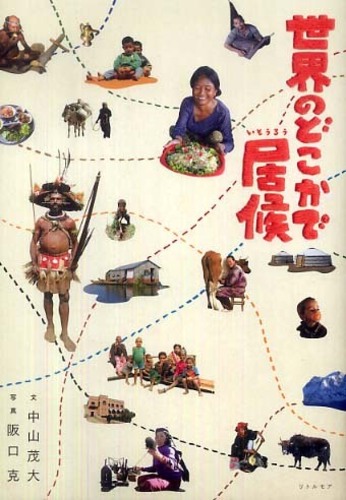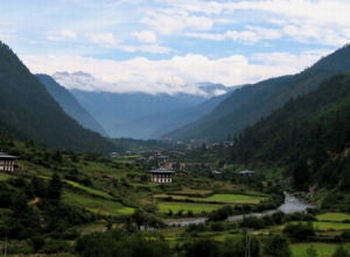Coffee Life in Japan by Merry White (University of California Press)
Starbucks has given Seattle a reputation for coffee worldwide, providing standardized espresso drinks and clean restrooms all across the globe. In much of Asia, especially in China, the Pacific Northwest chain has become a chic place to sit and sip—but not in Japan.
Merry White begins her examination of coffeehouses in Japan with memories of “the Vienna, a four-story velvet extravaganza, where kaffe Wien was served with Mozart, amid gilt chairs and filigreed balconies,” of “a neighborhood café, redolent of male friendship, old cigarettes, and smelly feet,” and a “a half-underground, cavelike café” where customers removed all of their clothes, were daubed with blue paint and then were urged to press their bodies against sheets of white paper hanging from the walls. This was in Tokyo in the 1960s, when Howard Schultz was still drinking milk in elementary school and most coffee-drinkers in Seattle still used a percolator.
Japan enthusiastically took to coffee in 1888, when the first coffeehouse emerged in Tokyo, established by a cosmopolite Japanese who had been adopted by a man from Taiwan, was raised to speak four languages, and was sent to Yale University when he was sixteen. Although this initial foray into coffee culture went bankrupt (its founder died seven years later in Seattle), Meiji-era Japan perceived coffee drinking as a modern virtue and the café as an intriguing personal space in a country where this came at a premium. “Coffee,” White explains, “became Japanese quickly…From the early 1900s, coffee, a drink for everyday, became a commonplace and Japanese beverage.”
And the beverage was powered by the places where it was enjoyed. With its ‘dry inebriation,” coffee “was seen also as the drink of thoughtfulness,” providing a way to be “private in public.” While in the West, coffeehouses were gathering places of extroverted sociability, in Japan they became an essential “third place,” spots where pressures of home and work were escaped for a time, where private space could be purchased for the price of a cup of coffee.
As places where people are free to interact or not as they choose, Japanese coffeehouses became “shape- shifters.” There are cafés for every facet of a personality—places to be anonymous and quiet, places to see art, places to hear jazz, places that serve as classical music venues where patrons request that certain record albums be played as they sit silently sipping their coffee, places where tiny fish nibble the submerged bare feet of coffee drinkers, and of course the neighborhood spots where “everybody knows your name.”
The Japanese café is not a matter of style over substance. The drinking of coffee is a paramount consideration and each cup is often hand-crafted--kodawari., or the art of dedication, is essential. The beans are often roasted in the coffeehouse, with a particular bean often ordered ahead of time by a customer, and are ground for that serving alone, as soon as the order has been placed. The water is poured over the ground beans in a slow and meticulous stream of carefully-placed drips, only after it has been cooled from its boiling point to the proper temperature. The freshly-ground coffee is moistened without the water ever touching the sides of the filter. “Coffee masters” often disdain espresso machines, preferring the time-honored drip from a narrow-spouted kettle over a filter made of flannel. One master is known for evicting from his shop customers who ask for cream and sugar to put in the coffee he makes—“he would have made it stronger or hotter, or with a different bean, if sugar or milk were needed.”
Small wonder that the Japanese art of coffee is spreading throughout the world. Suzuki beans and cafés are found throughout Southeast Asia and Japanese coffee-making methods are being taught in the U.S. from New York City to San Francisco. Perhaps Seattle, with its resurging Nihonmachi, will eventually lead the way for coffee drinkers to experience the full spectrum of public caffeination as it’s described in Coffee Life in Japan.~Janet Brown



















